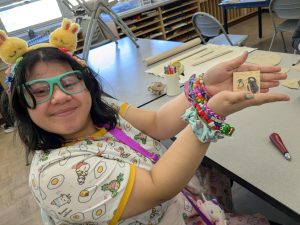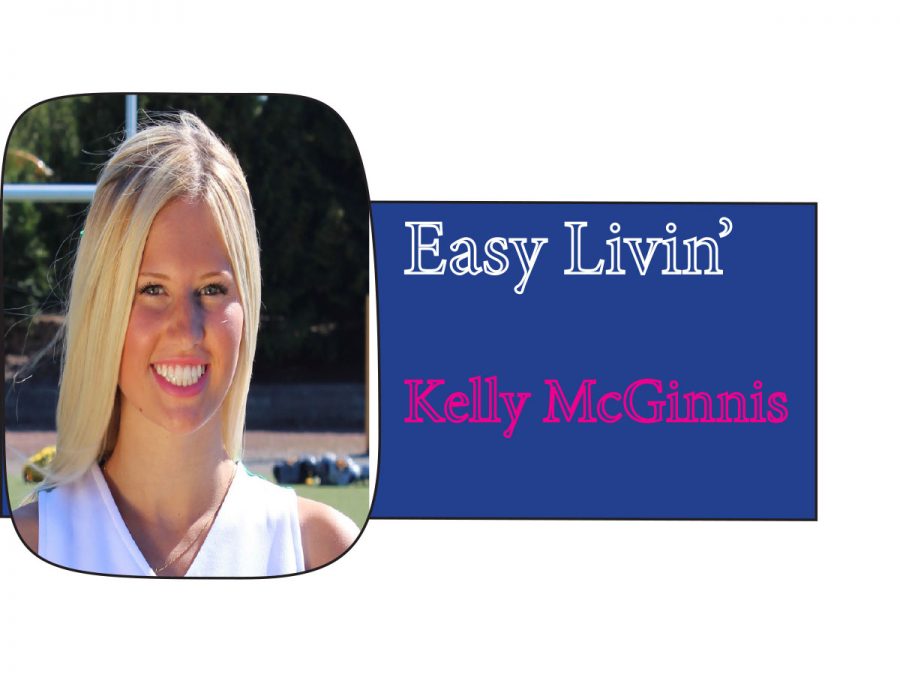Body’s Worth A Thousand Words
What were your first impressions? Have you ever believed someone was lying to you? Or that they didn’t want to hear what you had to say? Or maybe they wanted to tell you something? What gave it away?
While writing this column, I look around the classroom I’m currently sitting in and see all these faces supposedly working on their in class assignment, or are they? It’s seems easy to presume that the kid across the way is sleeping because his head is down on top of the desk, or that the student next to me is anxiously working away on the assignment at hand because of how close her face is to her iPad and how fast her fingers are moving. Physical movements or body language is the most obvious form of communication. Though, ironically we are oblivious to our own body language.
It’s also easy to believe that my physical motions don’t seem apparent to the individuals around me, yet they are extremely significant. My physical body language is constantly telling people how I feel on the inside, without actually speaking my emotions. For instance, when I cross my arms and look down at the ground, others will assume that I lack confidence. On the contrary, when I stand up straight with my chest puffed out and my hands on my hips, individuals assume I am confident.
Not only is it important how you communicate with your body to others, but also, how you communicate with yourself. Recent studies from Harvard, University of Oregon, and University of Texas revealed that the powerful and effective leaders of the world, aside from sharing similar mindsets, also share the same hormone levels. Hormone levels can alter how you might react in stressful situations, as well as any situation and can make all the difference when trying to accomplish a goal.
Amy Cuddy, a researcher at Harvard University, studied body language and its impact on hormone levels. Specifically through “power stances” in both men and women. Cuddy found that people who do “power stances” or higher stances have more increased amounts of Testosterone and lower amounts of Cortisone. For all those who don’t know, Testosterone creates confidence and Cortisone causes anxiety. Coincidentally, the subjects in this study were found to have more confidence and less anxiety as a result of these power stances, concluding that your physical body language is directly connected to your emotions.
We see these power stances throughout our society, such as the Wonder Woman pose, and the fierce Beyoncé stance. These two individuals are seen as confident figures in our society, because their body language reflects their mentality and success.
The impact of weaving a power stance into individuals everyday lives, especially students, could be a life changer. It’s a redundant message that how you look at yourself creates your reality yet when thinking about how your actions and body language can alter your reality is unprecedented. I challenge each student to hold a “Power Stance” for at least two minutes a day, in the morning or afternoon, and see how their life is altered.

This is Kelly's second year with the Miter staff and first year as an editor. She has a continuing interest in journalism. Her hopes for her senior year...





